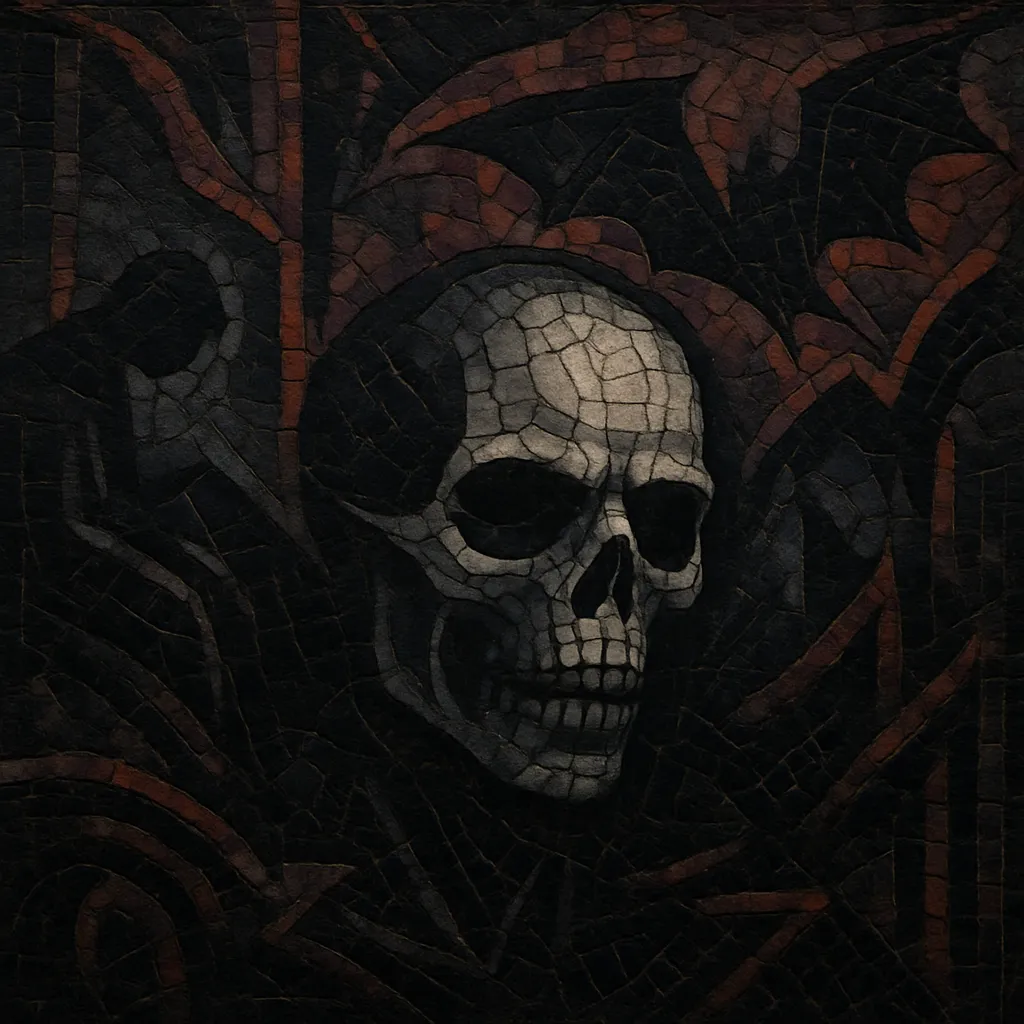Darkcore is a darker, moodier strain of early-1990s UK breakbeat hardcore that deliberately shifted rave music away from euphoric pianos and diva vocals toward ominous atmospheres and heavy bass.
It centers on chopped breakbeats, sub‑bass pressure, Reese and Hoover stabs, horror‑film samples, and minor‑key pads, creating a tense, nocturnal sound that prefigured jungle and drum and bass.
Typical tempos range from roughly 150–165 BPM, with DJ‑friendly 12" arrangements, dramatic breakdowns, and sound‑design tricks such as early time‑stretching artifacts, pitch‑shifting, and aggressive filtering.
Darkcore emerged in the UK rave continuum as producers reacted against the increasingly hands‑in‑the‑air sound of breakbeat hardcore. Drawing on the breakbeat science of hip hop, the machine funk of techno (including Detroit and UK bleep), the weight of dub, and the abrasion of industrial textures, artists began swapping bright pianos for eerie strings, horror samples, and cavernous low end.
By 1992–1993, a recognizable darkcore palette had formed: chopped Amen/Think/Apache breaks, Hoover and Reese timbres, menacing pads, and foreboding FX. Labels like Reinforced and Moving Shadow, alongside Suburban Base and others, released 12"s that defined the style. Innovations such as early time‑stretch (immortalized on tracks like Rufige Kru’s “Terminator”) pushed rhythmic experimentation and sound design forward.
As producers pushed the drums harder and the sub‑bass deeper, darkcore’s rhythmic language accelerated and syncopated, paving a direct road to jungle and then drum and bass. Elements like MC chatter and sound‑system bass culture became more pronounced in jungle, while the menacing mood of darkcore evolved into the techier aesthetics of techstep and, later, neurofunk.
Darkcore’s influence is foundational. Its atmosphere, bass architecture, and breakbeat manipulation shaped jungle, drum and bass, and darker offshoots such as techstep and darkstep. Even outside DnB, the template—brooding pads, cinematic tension, and sub‑focused engineering—echoes through modern bass music and left‑field club styles.


